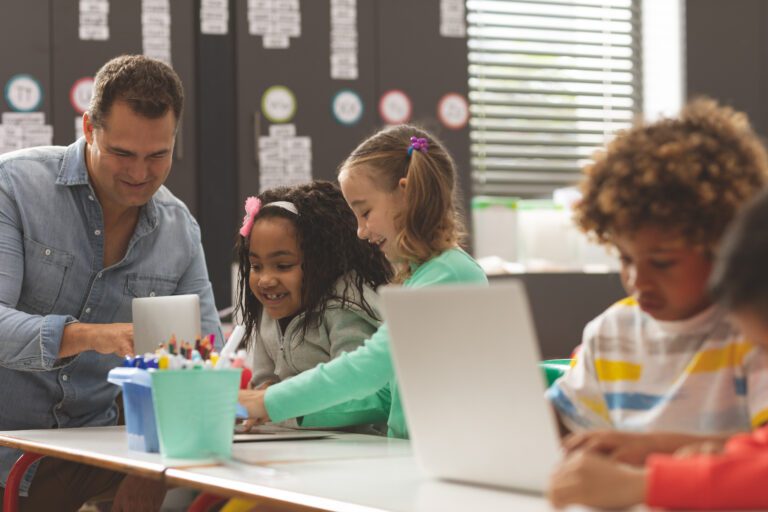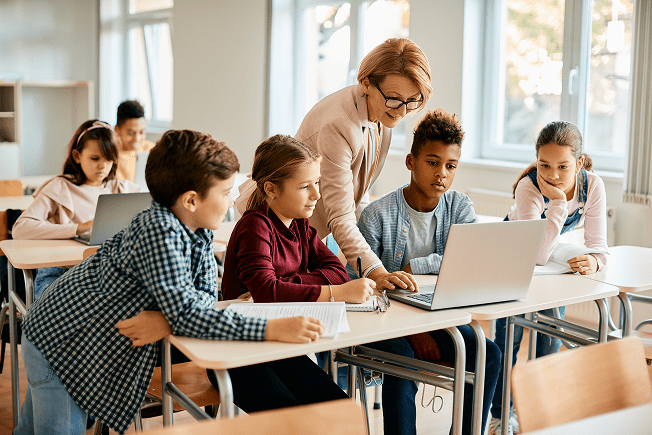In today’s hyperconnected world, social media is more than just a place to share selfies and memes, it’s a primary source of news and information for millions of adults, teens, and even children. But with this convenience comes a serious challenge: the rapid spread of misinformation.
Whether intentional or accidental, misinformation on social platforms can distort public understanding, fuel cognitive biases, and influence decision-making in ways that are difficult to reverse. As students and educators explore this topic, it’s essential to understand not just the dangers, but also the data behind the influence.

The Misinformation Machine: Why More Isn’t Always Better
Research from Scientific American highlights a troubling trend: as the volume of information on social media increases, its quality tends to decrease. This phenomenon—known as information overload—makes it harder for users to critically evaluate what they see. With limited time and attention, people often rely on shortcuts, resharing content based on emotion or familiarity rather than accuracy.
This overload amplifies cognitive biases, making users more susceptible to false or misleading information. It’s a cycle that social media platforms are well aware of—and one that educators can help students break.
Activities That Can Stop the Spread of Misinformation on Social Media
To help students understand the mechanics of misinformation and the power of influencers, educators can guide them through hands-on data analysis and critical thinking exercises.
Activity 1: Visualizing Influence
Using the Nielsen report ” students can explore how brands use influencers across platforms like Instagram, YouTube, and TikTok. By selecting three areas of interest—such as social media, email, podcast, and print—students create visual representations (bar graphs, pie charts, etc.) and generate questions based on their findings.
This activity encourages students to think critically about how different media channels compare in reach and reliability.
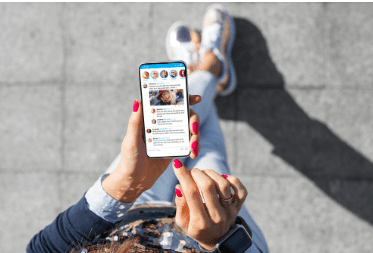
Activity 2: Surveying Perceptions
Before diving into data, students discuss which platforms they believe are most influential and why. Then, using “The Influence of the Influencers” dataset, they write observations and questions, partner up, and design a survey comparing two platforms (e.g., Twitter vs. Instagram) on perceived influence and reliability.
Students analyze their survey results, present their findings with visual aids, and connect their conclusions to concepts like cognitive bias, misinformation, and disinformation. This culminates in a class-wide discussion on credible vs. non-credible sources.
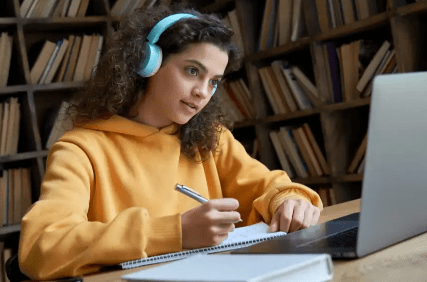
Digging Deeper: Who Are the Top Influencers?
Using the Visual Capitalist infographic “The World’s Top 50 Influencers Across Social Media Platforms,” students can categorize influencers by platform, genre, or generation. They then create graphs and Venn diagrams to compare and contrast these categories.
In a second activity, students form small groups to research three influencers from the infographic. They use tools like Social Tracker to gather data on follower counts, posting habits, and engagement. Each group presents their findings, highlighting how these influencers shape public opinion and societal trends.
Connecting to Careers and Curriculum
These activities don’t just build media literacy they connect to real-world career pathways in:
- Social media marketing and influencer strategy
- Data science and statistical analysis
- STEM fields and digital communication
They also align with national standards in data analysis, claim evaluation, and critical questioning.
Final Thoughts: Empowering the Next Generation of Critical Thinkers
By exploring the intersection of social media and misinformation through data, students gain the tools to become more discerning consumers—and creators—of content to help stop the spread of misinformation on social media. In a world where influence is currency, understanding how it works is more important than ever.
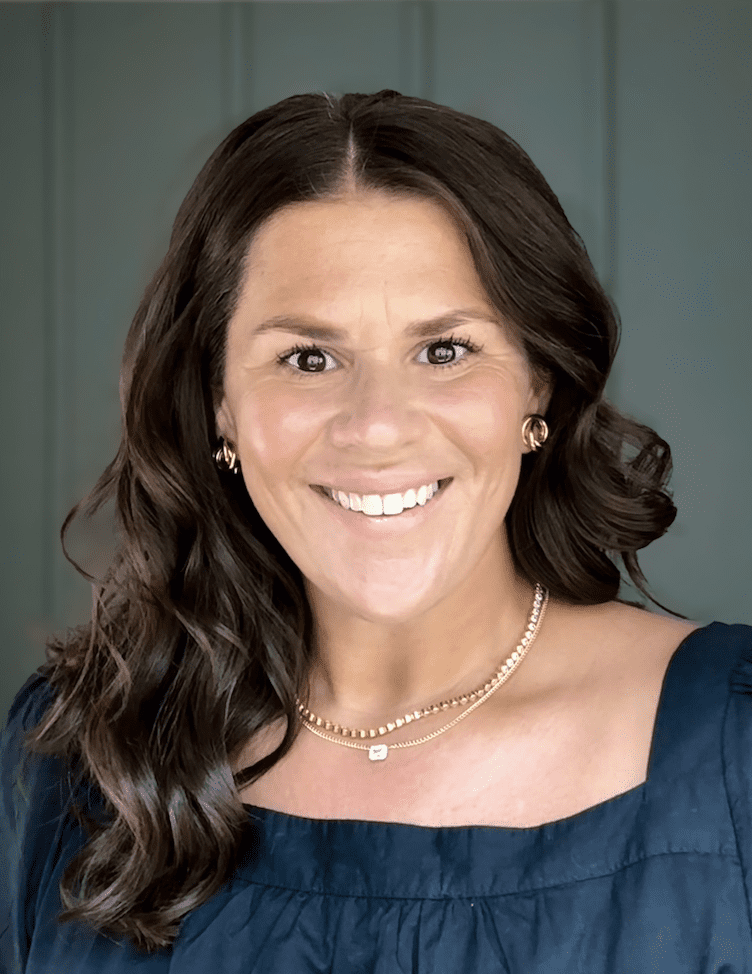
Lindsey Davis
Keep the Conversation Going and Learn More
Discover Data is a 21st Century education initiative powered by the Nielsen Foundation in collaboration with Discovery Education and the National AfterSchool Association that introduces students across the country to relatable, real-world applications of data and the professionals using that data to innovate for the future.





